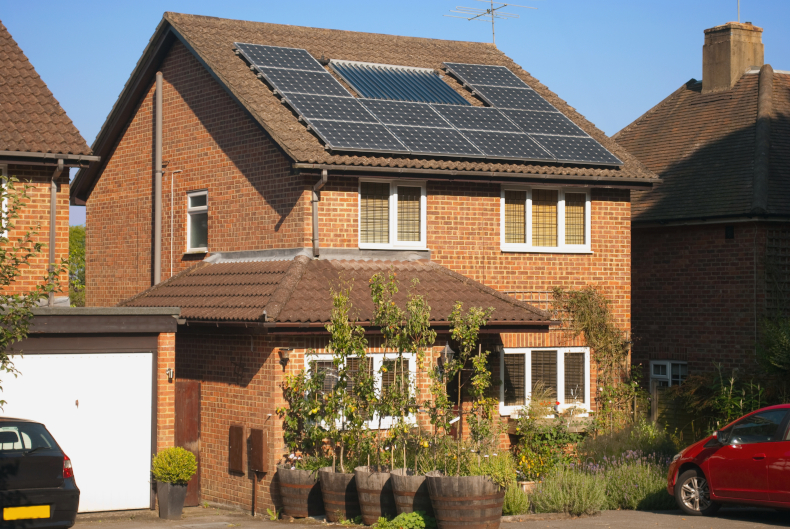
While fossil fuels are a dangerous and finite source of power, the amount of available solar energy is staggering -- roughly 10,000 times that currently required by humans -- and it’s constantly available. A mere 0.02% of incoming sunlight, if captured efficiently, would be enough to replace every other fuel source on earth. Earth’s average albedo is around 30%, meaning that roughly 52 petawatts of energy are reflected by the earth and lost into the atmosphere every year. Compare this number with global energy-consumption statistics. Annually, the energy lost to space is the combined equivalent of 400 hurricanes, 1 million Hoover Dams, Great Britain's energy requirement for 250,000 years, worldwide oil, gas and coal production for 387 years, 75 million cars, and 50 million 747s running steadily for one year. Solar power is a zero-emission technology and solar panels produce no pollution, although they impose environmental costs via manufacture and construction. These environmental conditions are negligible, however, when compared with the damage inflicted by conventional energy sources: the burning of fossil fuels releases roughly 21.3 billion metric tons of carbon dioxide into the atmosphere annually.
Solar power is a tremendous solution for remote areas that are not connected to energy grids. It may come as a surprise to city-dwellers but, according to Home Power Magazine, as of 2006, 180,000 houses in the United States were off-grid, and that number is likely substantially higher today. California, Colorado, Maine, Oregon, Vermont, and Washington have long been refuges for such energy rebels, though people live off the grid in every state. While many of these people avoid the grid on principle, owing to politics and environmental concerns, few of the world’s 1.8 billion off-the-gridders have any other options. Solar energy drastically improves the quality of life for millions of people who live in the dark, especially in places such as Sub-Saharan Africa, where as many as 90% of the rural population lacks electricity. People in these areas must rely on fuel-based lighting, which inflicts significant social and environmental costs, from ill health through contamination of indoor air, to limited overall productivity.
Solar power is here to stay, and the sooner you explore how much you can save, the sooner you can enjoy the benefits of residential solar power. Go to HahaSmart.com and try our price checker tool. It tells you how much solar power you need, and how much you can save.
Please visit our solar blog to find out more about the benefits of going solar.


Input your address to see if it is solar friendly and how much you can save with solar.
Great. Your address is perfect for solar. Solar incentive is still available. Select monthly utility cost and calculate the size of solar system you will need now.
| kw System size | years Payback period | Lifetime savings |
No money down, 100% finance is available.
|
|
Looking for certified solar installers? Sign up now and we will find them for you. |
Comments